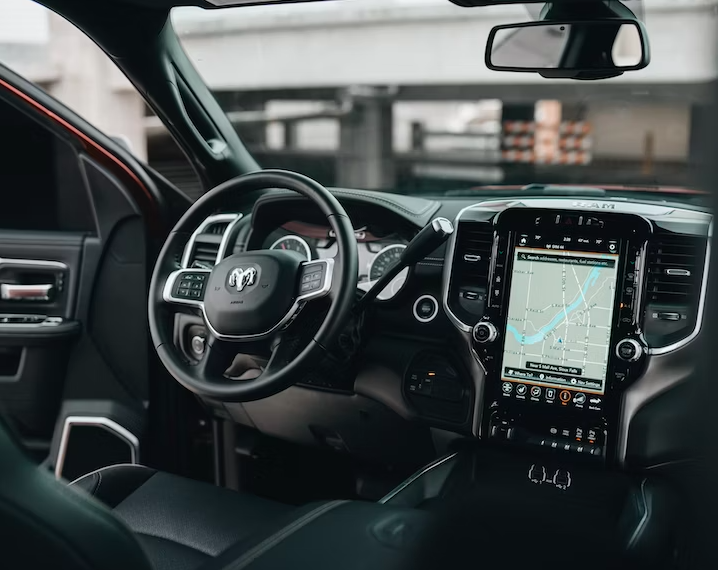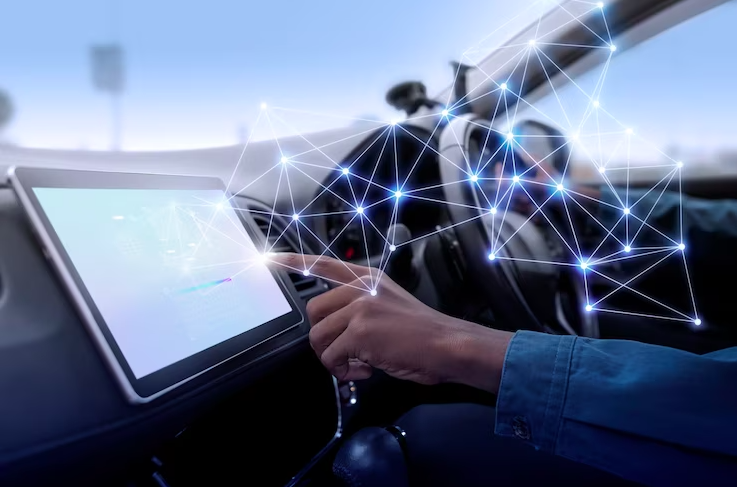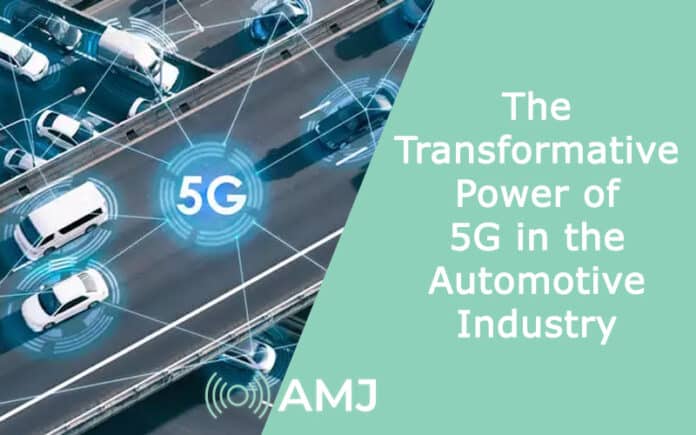
The advent of 5G technology represents a significant leap forward in wireless communication. With 5G, the promise of seamless, ultra-fast, and highly responsive connectivity becomes a reality. While paving the way for transformative advancements in communication, the integration of 5G technology into the automotive industry has propelled global mobility to top gear.
However, the exceptional connectivity capacity of the 5G network has proven to be a resounding success for the development of emerging technologies in the automotive industry. By harnessing the power of 5G technology, prominent technologies such as autonomous driving, Advanced Driver Assistance Systems (ADAS), and Vehicle-to-Everything (V2X) communication have reached their pinnacle.
Contents
The 5G Automotive Bandwagon
5G networks offer remarkably low latency (delay between the transmission of data and its receipt) rates. This near-real-time responsiveness is crucial for applications requiring instantaneous communication, such as the autonomous vehicle. Automakers and technology companies are eagerly jumping on the 5G bandwagon due to their potential to revolutionize the automotive sector. Here are some highlights regarding the 5G automotive bandwagon:
Ride-Sharing and Dynamic Pricing
Dynamic pricing is a strategy ride-sharing companies like Uber, Lyft, and Didi employ to balance supply and demand in real-time. Autonomous vehicles equipped with dynamic pricing algorithms can adjust their fares based on factors like peak hours, traffic conditions, and passenger demand. Also, the economic calendar can help identify peak periods, special events, or holidays when demand for ride-sharing services might be high, allowing autonomous vehicles to adjust their pricing accordingly.
By leveraging high-speed connectivity and real-time data processing, 5G technology provides the infrastructure and capabilities necessary to support dynamic pricing strategies effectively. Moreover, dynamic pricing benefits both passengers and drivers. For passengers, dynamic pricing helps ensure ride availability even during peak times and provides transparency in pricing.
Autonomous Driving
Humans relinquish control as the intelligent machine takes over the wheel. 5G enables reliable and fast communication between autonomous vehicles. It facilitates the real-time sharing of sensor data, road conditions, and traffic information. This seamless communication enhances coordination and cooperation among vehicles and also contributes to safer and more efficient autonomous driving systems.
Other connectivity technologies, such as Wi-Fi, LiDAR, and V2X communication, enable autonomous vehicles to interact with other vehicles, infrastructure, and the cloud. This connectivity facilitates the exchange of critical information, such as traffic conditions, road hazards, and real-time updates, enhancing the vehicle’s awareness and decision-making capabilities.

Fleet Management and Telematics
Fleet management and telematics also benefit from 5G connectivity. The real-time data exchange provided by 5G enables precise tracking, monitoring, and management of fleet vehicles. Fleet management involves coordinating and supervising vehicles to ensure efficient operations, maintenance, and cost-effective utilization.
It encompasses a range of activities such as vehicle acquisition, scheduling, routing, fuel management, maintenance, and driver management. However, Telematics systems typically include GPS technology, onboard sensors, and wireless communication capabilities.
The primary goals of fleet management and telematics are to improve productivity, reduce costs, enhance safety, and ensure regulatory compliance. By incorporating fleet management and telematics, logistics companies can enhance operational efficiency and achieve cost savings through route optimization, vehicle performance monitoring, and streamlined maintenance scheduling.
5G has enabled breakthrough technologies like autonomous driving, dynamic pricing in ride-sharing, and efficient fleet management to reach unprecedented heights. However, the journey toward the 5G-powered automotive revolution has just begun, and the potential for further advancements and breakthroughs is truly limitless.












![Index of Money Heist [Season 1, 2, 3 & 4 – All Episodes, Cast and Plot] Index of Money Heist](https://www.asiamediajournal.com/wp-content/uploads/2021/05/Index-of-Money-Heist-3-100x70.jpg)